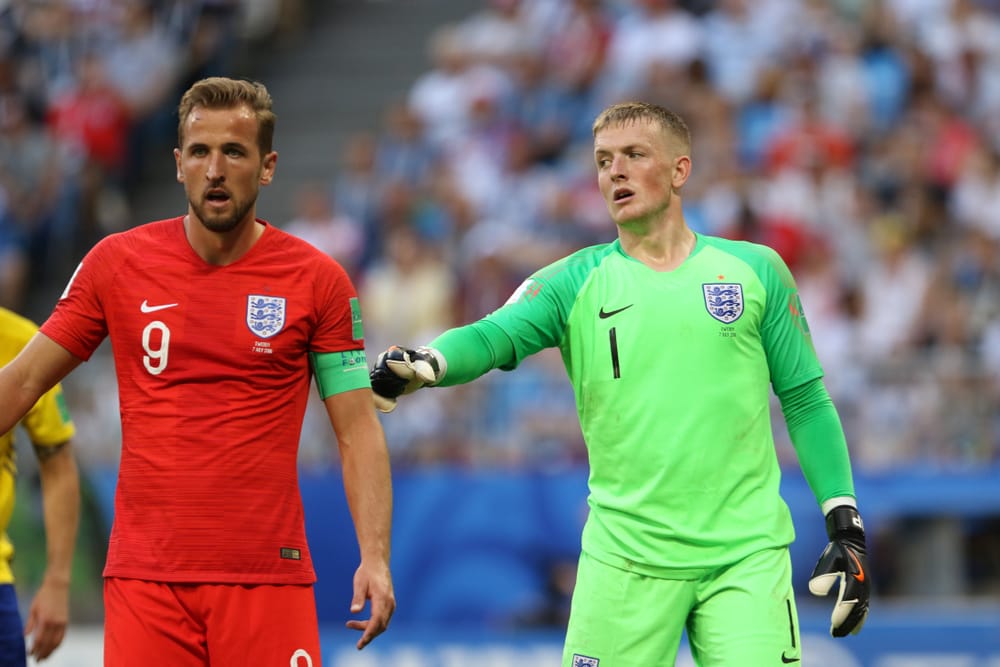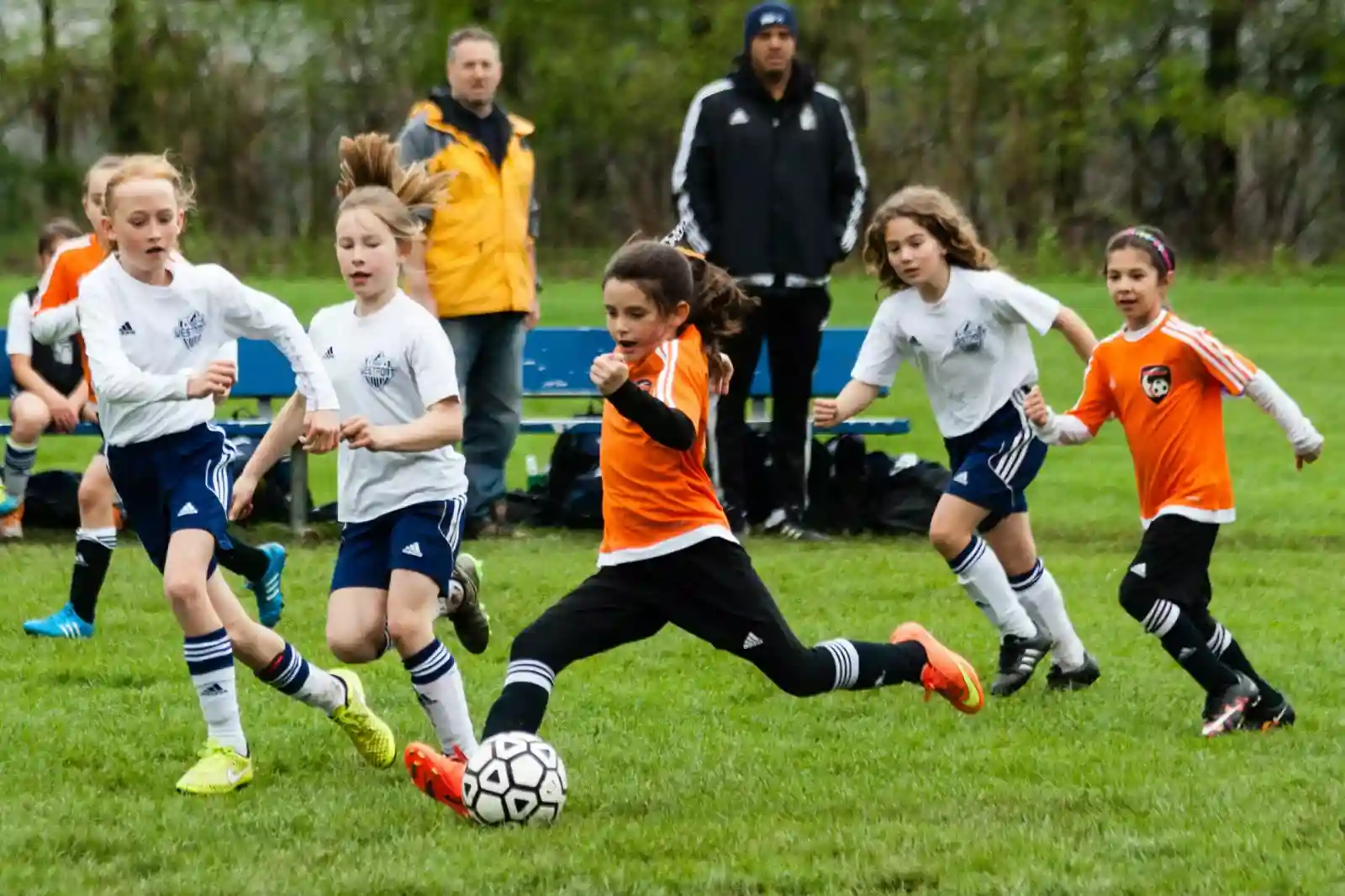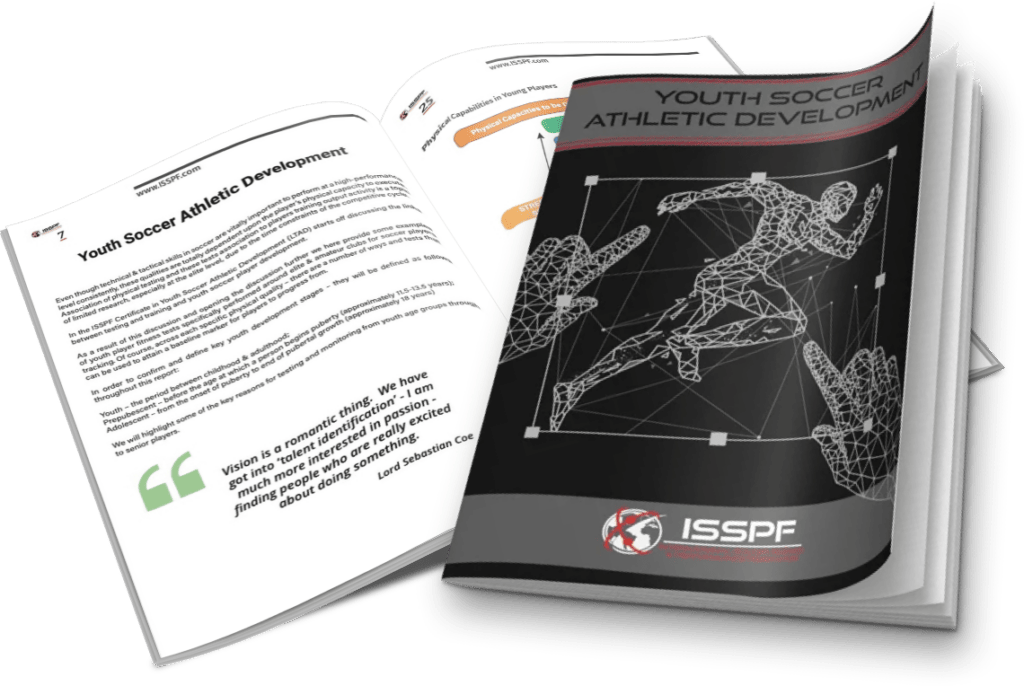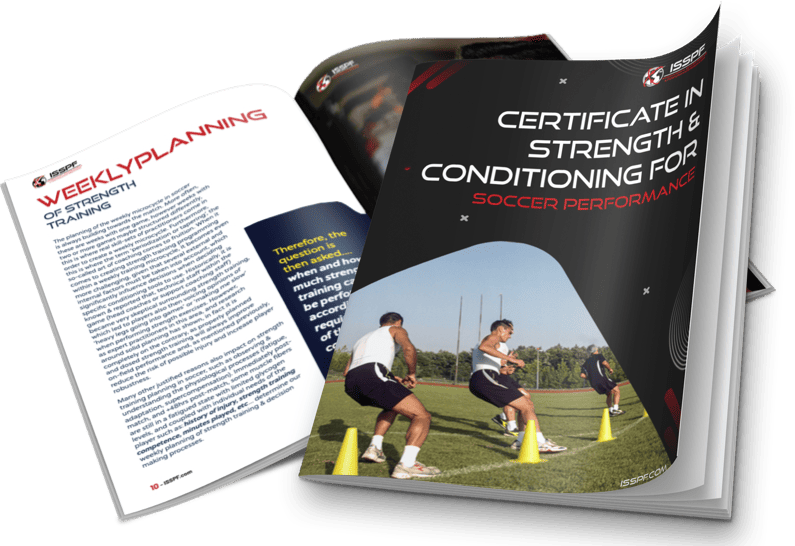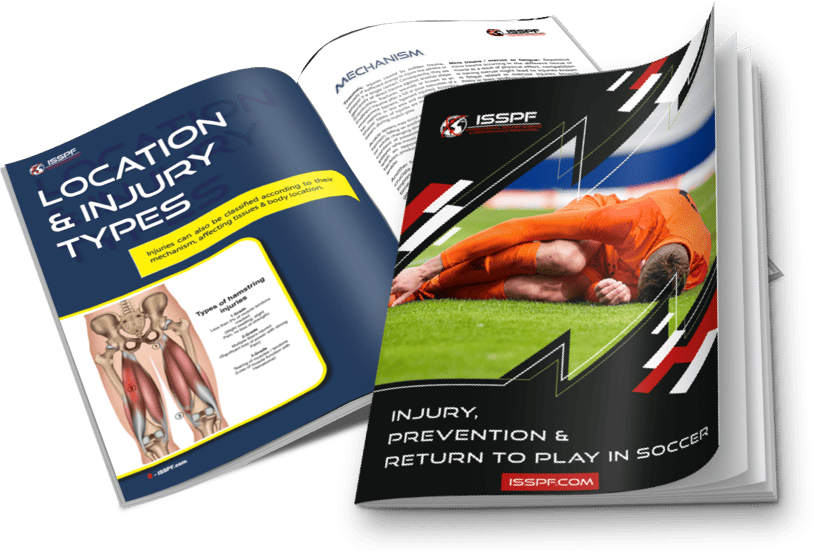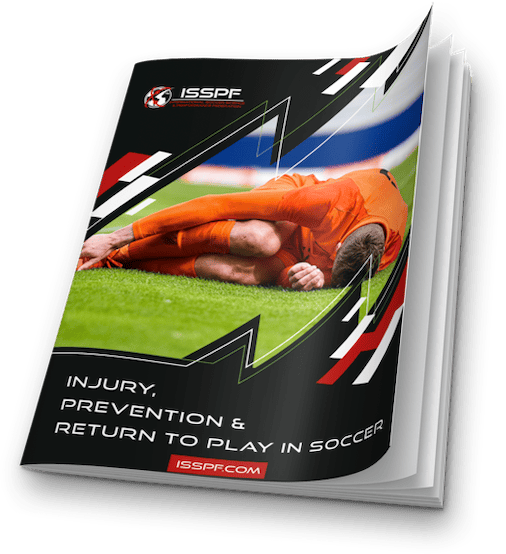Isokinetic dynamometry is commonly used to evaluate muscle strength and imbalances between the knee flexors and extensors in soccer players.
The most frequently reported strength balance indices are the conventional hamstrings–to-quadriceps peak torque (H:Q ratio) and the functional hamstrings-to-quadriceps ratio, where hamstrings strength is measured eccentrically.
Both functional and conventional H:Q ratios may be predictive of knee overload, which is frequently caused by insufficient hamstrings recruitment whenever they act as joint stabilizers, e.g., during kicking or sprinting.
The Purpose of the Study
This study examined the relationship between hamstrings-to-quadriceps strength ratio (H:Q) and relative strength of the knee extensors in elite soccer players.
Peak torque was measured during isokinetic knee extension/flexion at angular velocities of 60°·s, 180°·s and 300°·s. Eighteen (18) professional players were divided into 2 groups, depending on their H:Q at 60 °·s .
What the Study Showed
Players in the lower H:Q group (n = 7) had significantly smaller H:Q ratios compared with the higher H:Q group (n = 11) at all angular velocities (60°·s−1:49.2%; 95% CI: 61.3–57.8% vs. 59.5%; 95 % CI: 52.2–46.2 %, p = 0.001).
Players in the lower H:Q group had greater knee-extension peak torque compared with the higher H:Q group (60°·s−1: 313; 95% CI: 335–291 vs. 269; 95% CI: 289–250 N · m, p = 0.01).
No differences were found in hamstrings’ strength between the 2 groups (60°·s−1: 156; 95% CI: 170–143 vs. 160; 95% CI: 173–148 N · m, p = 0.96).
Negative correlations between knee extension peak torque and H:Q ratio were observed at all angular velocities (r = − 0.65 to − 0.67, p< 0.01). In conclusion, a low H:Q strength ratio measured during isokinetic strength testing in professional soccer players, is observed mainly in those with strong quadriceps muscles, while players with lower quadriceps strength have H:Q ratios around the recommended values.
Practical Application
- In conclusion, this study showed that a lower H:Q strength ratio measured during isokinetic strength testing in professional soccer players is observed mainly in those with strong quadriceps muscles, while players with lower quadriceps strength have H:Q ratios around the recommended values.
- Soccer training during the in-season may induce a disproportionate increase in quadri- ceps relative to the hamstrings strength, leading to H:Q ratio imbalances.
- Due to the increased risk of hamstring muscle injury when the H:Q ratio is low, coaches, medical staff, and scientific personnel of high-level soccer teams should identify individuals with high quadriceps strength and low H:Q ratio and apply individualized in-season hamstrings strength programs.
Share this article:


